- When to Plant Corn in San Diego: Optimal Seasons and Tips - July 19, 2024
- When to Plant Hydrangeas in Illinois: Best Timing for Optimal Growth - July 19, 2024
- Why Are My Radishes Growing Above Ground: Uncovering the Causes - July 19, 2024
Vegetable plants with yellow flowers represent an exciting addition to your garden. Not only will they add a bright and vibrant pop of color, but you’ll also have delicious veggies to use in your kitchen.
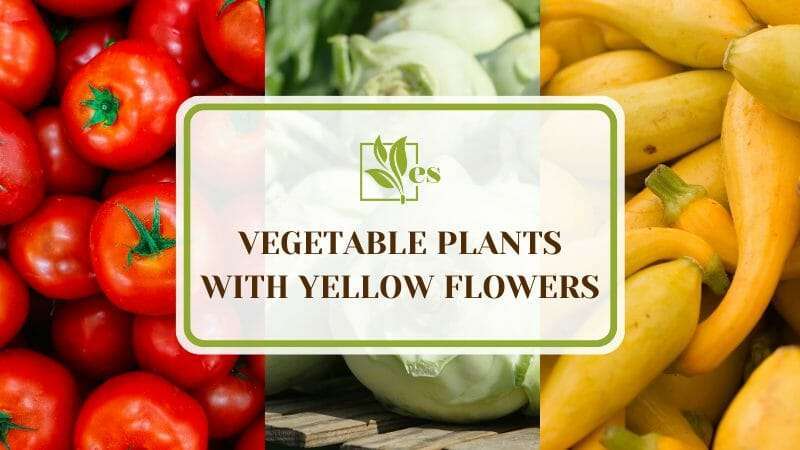
Our gardening experts have come up with a list of 7 interesting plants you can grow if you want to enjoy the beauty of yellow flowers and the healthy nutrients of vegetables.
JUMP TO TOPIC
A List of Vegetables With Yellow Flowers That You Could Grow
1. Zucchini
Zucchinis are easy-to-grow veggies, and you can have an abundant harvest with little care. These plants can grow on trailing vines with the support of trellises and stakes, or you can grow a bush if you have a small vegetable garden.
– Characteristics
You need to have female and male flowers in your garden to enjoy the tasty fruits.
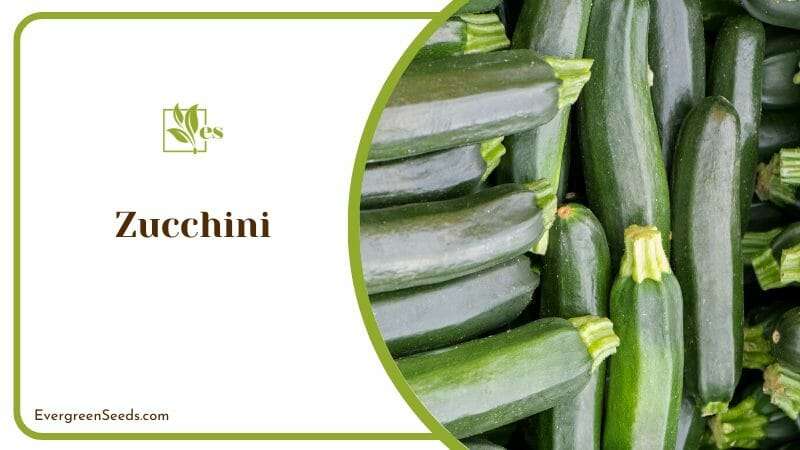
Zucchinis can be dark green, light green, speckled, or even golden.
– Growth Conditions
Planting zucchinis in hills will facilitate growth because the soil warms up fast. This plant requires a lot of sun and water and should be grown in well-draining soil.
2. Tomatoes
There are several types of tomatoes that you can add to a home-grown vegetable plants list.
– Growing Season
Most of them grow spring and summer blooms that come in shades of yellow, and some varieties will also bloom and grow fruits in late summer and fall.
– Growth Requirements
Receiving a lot of sunlight is essential to keep tomato plants healthy and will also allow them to deter different pests and diseases.
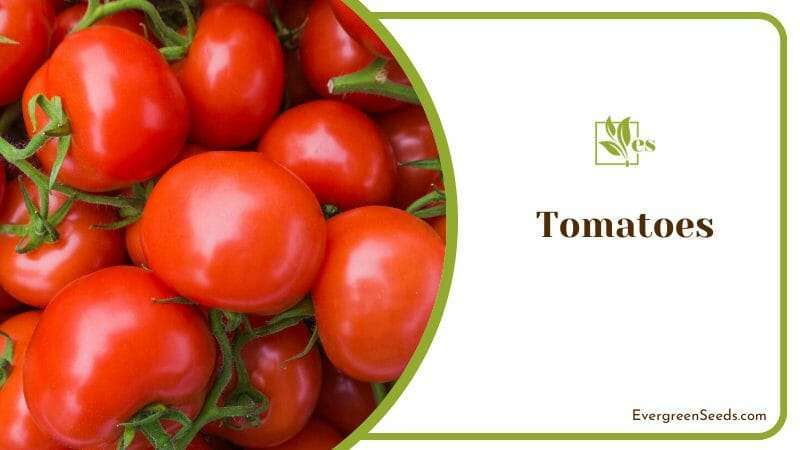
This plant thrives in nutrient-rich soil with some added compost to support its growth. Depending on the climate and variety, they have moderate to low watering requirements.
– Planting and Care
Staking and pruning will guarantee a bountiful harvest in your vegetable garden. Early-season varieties are more resistant to pests and can work for you if your garden is infested with spider mites. Although these are edible veggies, the plant is toxic to different pets. Tomatoes are excellent companion plants for beans, asparagus, garlic and peas.
3. Pattypan Squash
If you’re looking for a delicious novelty vegetable to add to your dinner table, then pattypan squash will be the right one for you.
– Characteristics
Although the plant’s leaves and yellow flowers look like any other squash variety, the fruits look like flattened balls with tapered edges.
– Growing Season
Pattypan squash plants can be planted in the spring for a second late-season harvest. The fruits can be white, yellow, green, or even bi-colored.
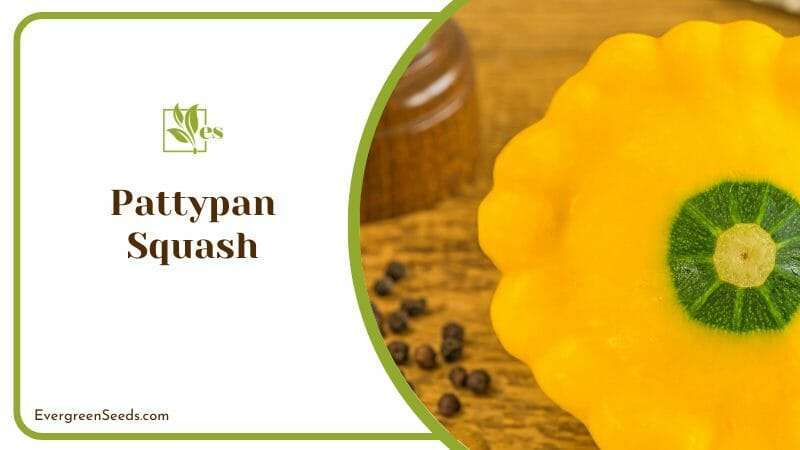
When grown from seeds, these plants take 45 to 70 days to harvest.
– Zoning and Requirements
This plant is native to Mexico, but it can be grown annually in USDA zones 2 to 11. Seeds are usually sown on hills or in clusters, and the planting location should receive a lot of sunlight. This plant thrives in slightly acidic soil and should receive at least one inch of water per day for a bountiful harvest.
4. Kohlrabi
This might not be one of the common vegetable plants at home, but it can be a new addition to your dinner table if you want something that tastes like a hybrid of cabbage and broccoli. It’s crisp when eaten raw but tastes a little spicy when cooked. Even though it is European, it is widely used in Asia with other famous Asian vegetables.
– Growing Season
Kohlrabi is native to Europe but grows in USDA zones 2 to 11.
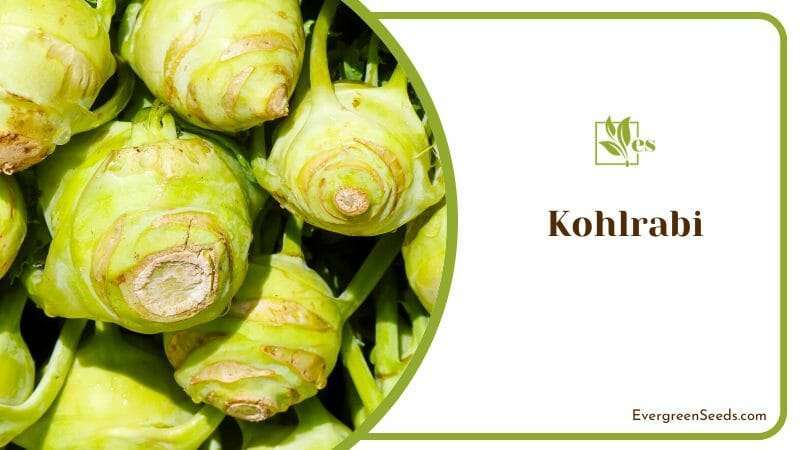
In the summer, the plant grows pale yellow flowers, and the harvest is ready almost 60 days after the seeds have been sown.
– Pairing and Light Requirements
This cold-tolerant vegetable is a good companion plant to Swiss chard and needs direct sunlight and regular watering to thrive.
– Care
You should plant your Kohlrabi, so it’s ready to harvest before the soil warms up. The plant is a heavy feeder and should be harvested before it gets too old to taste its best. It’s prone to cutworm and cabbage worm infestations, and the taste will deteriorate quickly after it’s harvested.
5. Butternut Squash
This is a type of winter squash, and it’s characterized by its soft and sweet flesh.
– Growing Season
Butternut squash is planted in the spring and grows yellow flowers in summer, and then they turn into a light green fruit. When the shell turns beige, then the fruit is ready for harvest. Although butternut squash vines grow quickly, the fruits take between three and four months to mature.
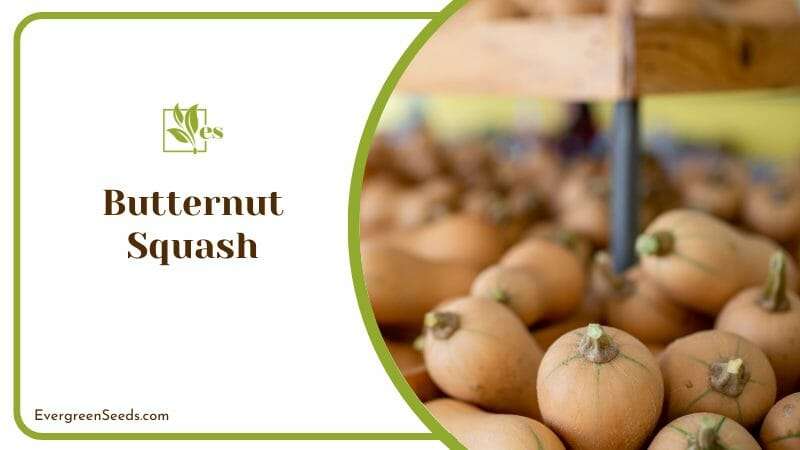
They can also be kept after harvest for extended periods because the skin is thick.
– Growth Conditions
This veggie is quite easy to grow from seeds and seedlings. Growing this plant in hills improves drainage and allows the vines to spread. The soil should be rich, and you can add compost and manure to improve the growing conditions. This plant needs more water as it matures and should receive at least six hours of sunlight per day.
6. Cucumbers
Various cucumber varieties (including Japanese cucumber varieties as well) are among the most widely grown vegetables in home gardens.
– Growing Season
This plant should be planted after the soil has warmed up, and it’s pretty easy to grow in various climates. You can plant clusters of seeds or seedlings in hills or use a trellis to support your cucumber vines.
– Growth Conditions
Cucumbers thrive in slightly acidic to neutral soil, and they should be rich in nutrients to allow the plants to grow.
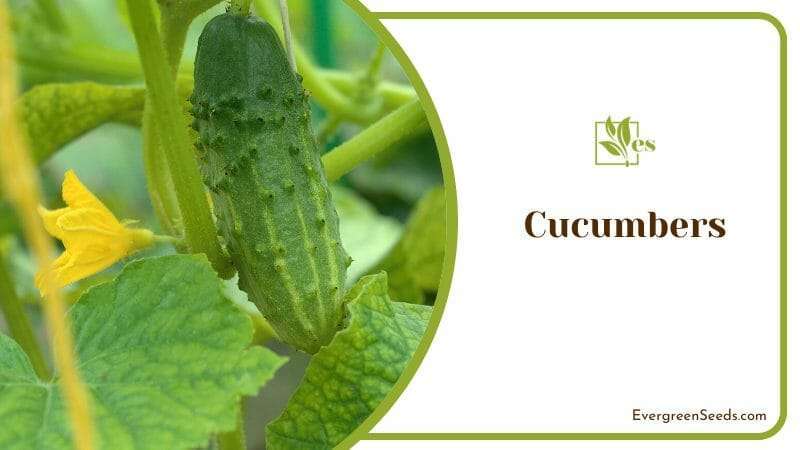
The plant needs at least six hours of sunlight and should receive enough water, especially when the fruits start to form.
– Pollination
The cucumber plant needs male and female flowers to attract beneficial insects and grow fruits. Female blossoms start flowering after the male ones, and the lack of pollinators can affect the growth of fruits.
– Pairing
The plant is prickly, and the leaves are triangular in shape. Cucumbers can be a good choice for companion planting for dill, kale, and cauliflower as they deter some pests.
7. Crookneck Squash
This squash variety gets its name from the crooked neck of the fruit. These warm-season vegetables grow fast in your garden, and the bright yellow plant flowers will bloom in summer before they get pollinated to produce tasty squash.
– Space Requirements and Pairing
Also known as summer squash, this vegetable needs a lot of space as it quickly spreads with leaves that are about one to two feet wide.
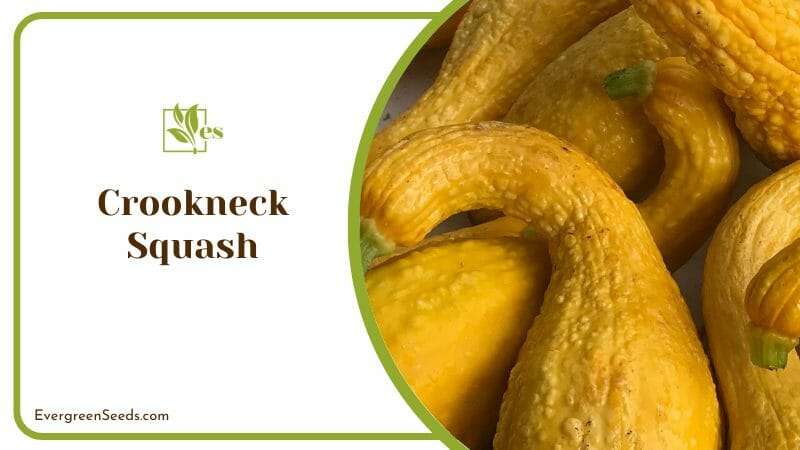
However, it doesn’t need staking and can grow in the ground or in large containers, where it can be a good companion to strawberries and tomatoes.
– Uses
You don’t have to peel the crookneck squash to eat it, and you can bake it in the oven or deep fry it. However, the best way to enjoy the freshness and nutrients of the squash is to roast it with some olive oil and your favorite spices. Some tasty squash varieties can be also found among popular Chinese vegetables.












